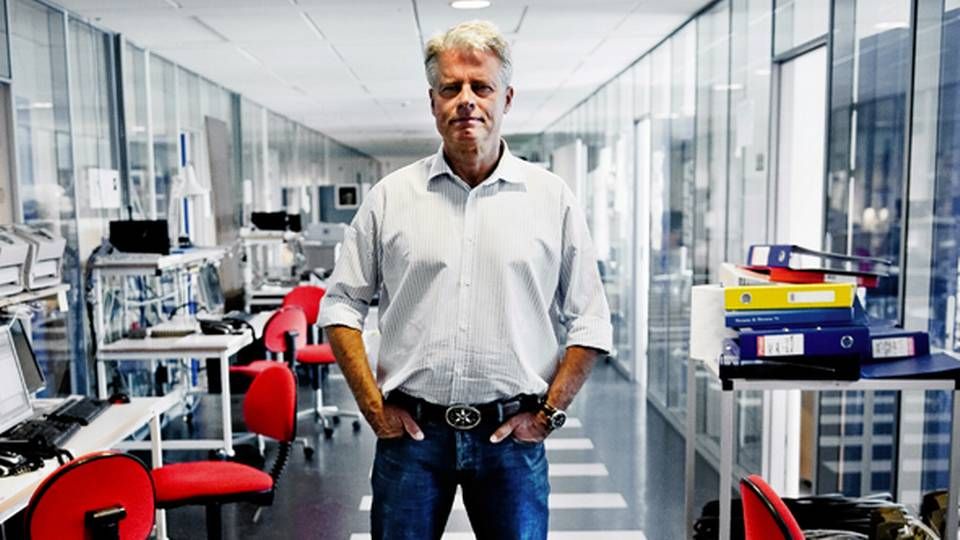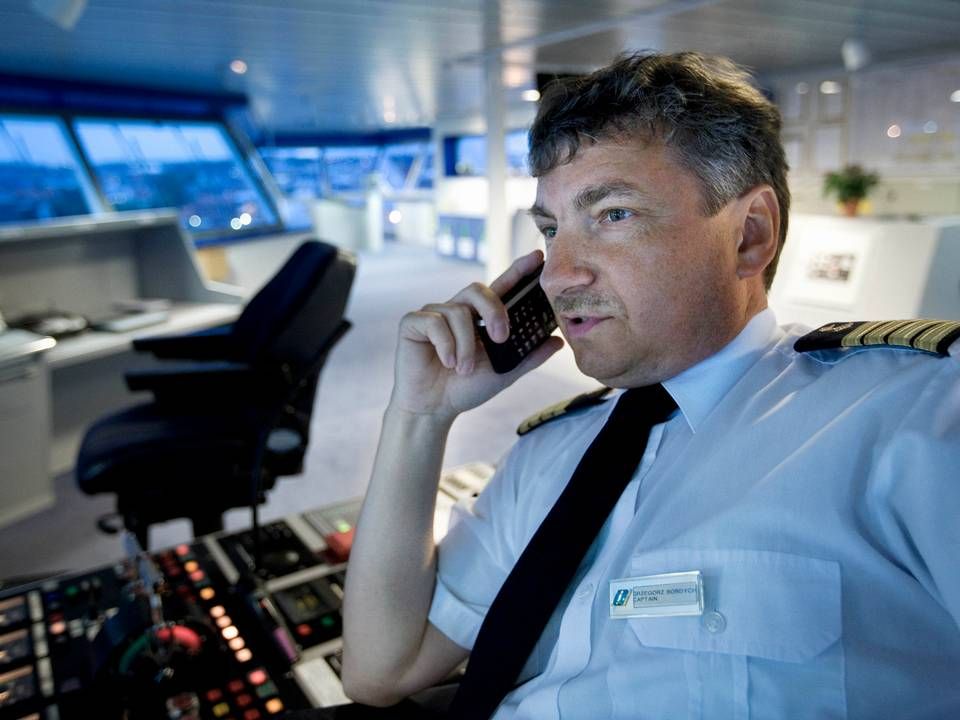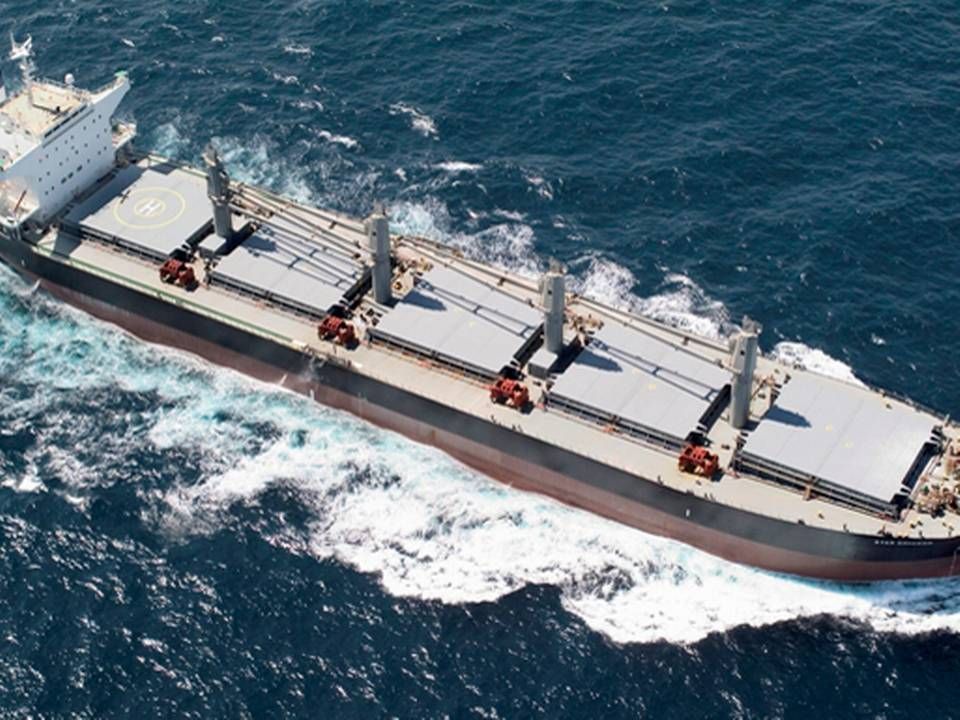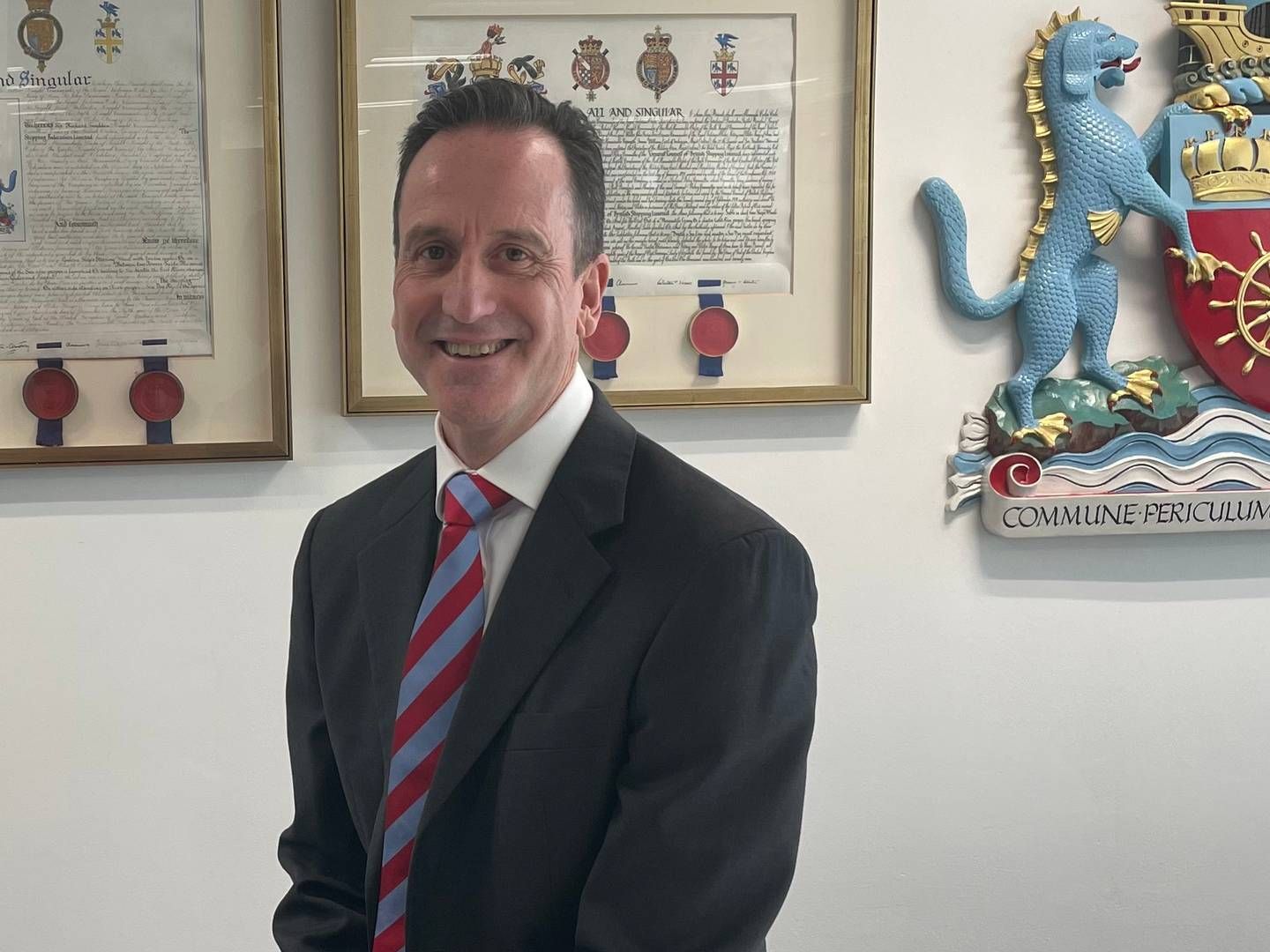Maritime entrepreneur back with a new project in 2014

It is not 100 percent in the bag yet, but the project is well on its way. Within the next ten months everything will need to be settled, says Lars Thrane. The 65-year-old Danish entrepreneur does not hesitate. In 2014 he will return to the maritime stage with a new project for which he is currently gathering people.
A little over a year ago Lars Thrane left his life's work, communication equipment manufacturer Thrane & Thrane, which through 30 years had specialized in communications on board ships, in particular. It was not out of his own desire, but the company had been acquired by English Cobham, and Lars Thrane ultimately surrendered his efforts to alter the chain of events. On December 1st 2012, he said goodbye:
"I gave a speech in the cafeteria. I was wearing some nice clothes and a tie, and I never wear a tie - then I told them that I had put on the tie because today I was going to a funeral. And it wasn't my funeral. And then they laughed," says Lars Thrane.
New project on the wings
He is not wearing a tie when ShippingWatch meets him in downtown Copenhagen. Rather, his tan reveals that he has not spent the entire winter in the Danish dark, and Lars Thrane does not try hide the fact that he gets around quite a bit during a year. He recently flew his own plane to Augsburg, in Southern Germany, and every summer he hikes for two weeks in the Alps with his backpack. Either with friends or children. 30 years as founder and head of a company that helped revolutionize communications between ships has given a certain financial freedom.
Thrane & Thrane was sold to Cobham for USD 443 million. Lars Thrane himself got USD 110.7 million, and some of this money will now be invested in a new project within the maritime and electronic fields. He declines to go into further details.
"The money is not a problem. USD 18.5 million will get you a long way. The barrier has been trying to find out where there is a future. We have some products, but we're not entirely ready with the big, key product. The marine industry is a bit tricky right now, and it's difficult to see whether things will go one way or another," he says.
Why marine?
But this does not keep him from betting on the industry anyway, and why is that? He describes it as a handicap himself, that it has to be a mix between shipping and electronics, but he cannot deny his enthusiasm for sailing and for the industry, and he spends one month every year sailing. And Lars Thrane is probably one of a very, very few to have the same navigating system as used in Maersk container ships installed on his motor boat.
And it is this passion for the business that makes him return, he says. Additionally, the Danish maritime sector is very big, "even though we're trying to keep it a secret," he says, then laughs.
"It's a highly professional environment, where it's business to business between people who need this product. I don't want to explain to someone why they need some gadget, as you do with regular people. I don't need to tell anyone that they need an Internet connection for the ship, or electronic charts. And when this takes up so much space in our export industry, it's a good place to dig into."
And in terms of the new venture, this can be boiled down to gut instinct:
"I really only need to be convinced that this is the right thing to do. I don't have a set criteria, it's just a gut instinct. Everything we did at Thrane & Thrane was gut instinct. We made 50 key products and we never missed the target."
The Indians
Lars Thrane is currently speaking to three or four engineers. The Indians, he calls them, as they are currently working at other companies, and, as he says, they are having some trouble handling the idea of starting something of their own.
"I feel the exact opposite, as I've never tried to be anything but independent," he says, adding:
"Depending on what we'll start working on, I expect we'll have to be somewhere between 20 and 30 people."
But before that can happen, a competition clause dating back to 2001, when Thrane & Thrane was listed, has to expire. This will happen in November of this year.
Going forward, Lars Thrane believes that two fields within his trade will have to change. One is the communication with ships through broadband:
"It seems reasonable, but it's insanely expensive to install and operate. Something has to happen. It's difficult to say exacty how, but something needs to happen, it's just too expensive," he says, explaining that an antenna costs more than USD 18,500 plus maintenance.
"The way I see it that's not good enough. Personal communication is getting cheaper and cheaper, but in the marine field it's getting more and more expensive."
The same thing goes for navigation, he says.
"And these are two fields that I work in."
Related articles
New technology: Vessel errors identified from land
For subscribers




















